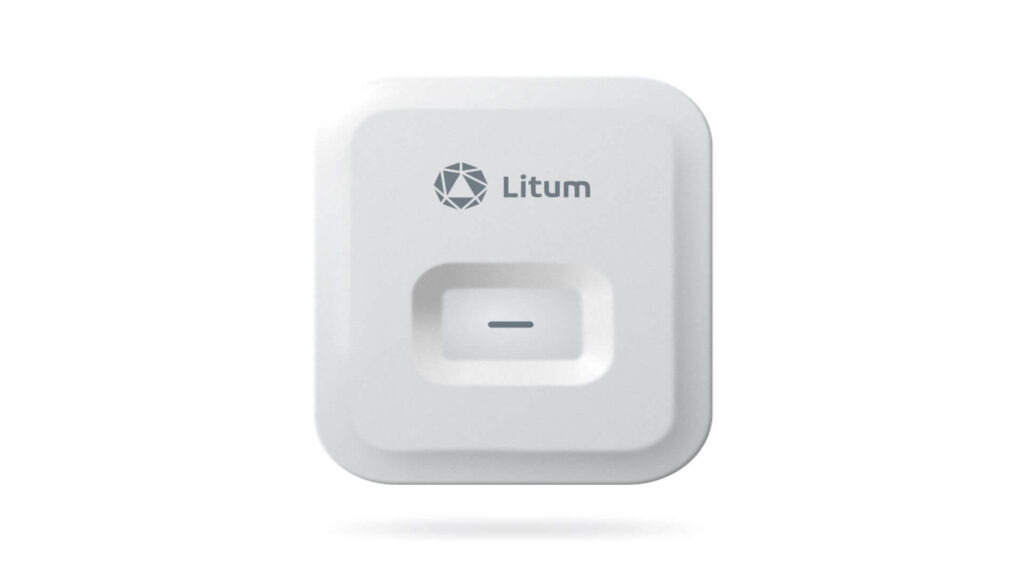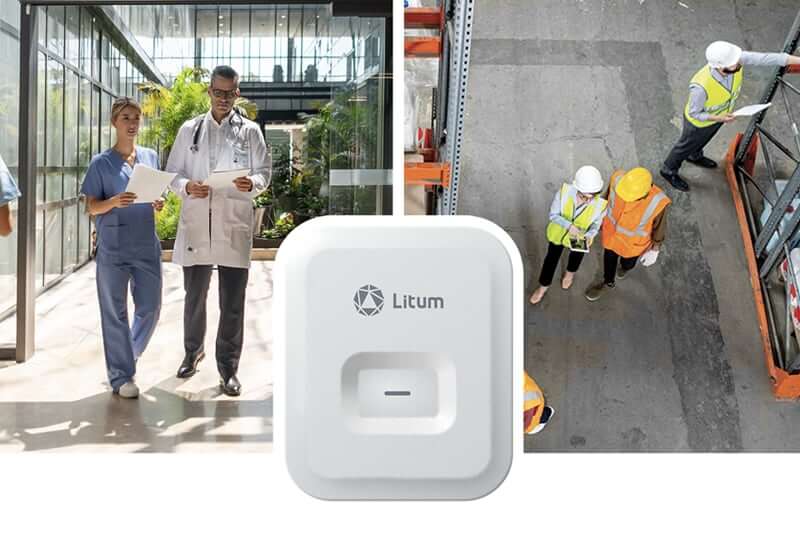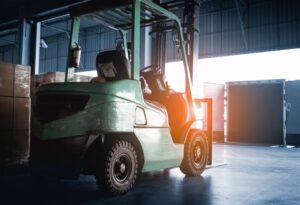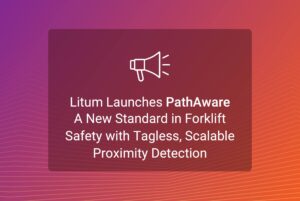Contents
If you’re running a business, it’s important to keep track of your key assets and personnel. That’s where ultra-wideband real-time location system (UWB RTLS) tags come in. These small, compact tags use UWB technology to pinpoint the location of any tagged object within range. Best of all, they’re easy to use and affordable for businesses of any size.
Keep reading to learn more about UWB RTLS tags and how they can benefit your organization.
What is UWB RTLS Tag Compact

UWB RTLS Compact tag is a new type of RTLS tag that uses ultra-wideband technology to transmit its signal. This makes it much more precise than other types of RTLS tags, making it ideal for applications where location accuracy is critical. UWB Compact tags are also very small and low-powered, making them well-suited for use in active RTLS.
The low cost of UWB RTLS components, along with their ability to increase visibility, will likely lead them towards becoming more popular than RFID tags in some instances as they provide many benefits without suffering from problems like interference from other sources.
How UWB RTLS Tag Compact Works
The three main components needed for UWB RTLS are a badge or tag, an anchor, and an application or controller that processes actionable data.
Tags/badges
Location is an important part of any tracking system. Tags/badges are attached to whatever assets, equipment, or materials you want to track; a wearable UWB tag can be given to people for the same purpose. Tags can be attached to anything, from people down to smaller objects like smartphones. The compact RTLS tag or badge transmits a UWB signal periodically to send information about its location.
Anchors/Gateway
UWB tags emit signals to provide real-time location information. The anchors used for RTLS detect this signal and forward it to a server where calculations are made to determine where the tags are at any given time and location. In an indoor positioning setup, anchors need to be placed above ground to accurately track tags throughout all areas within the infrastructure.
Software
The signal measurements from the anchors are delivered to an RTLS controller, along with information such as button presses and battery life. Algorithms calculate the accurate location of your tags or badges. Specialized software can then produce analytical reports, notifications, and alerts depending on business requirements.
UWB RTLS tags are used in many industries to track the location of assets in real-time. There are two primary methods that UWB technology can be used for asset tracking and monitoring: Time Difference of Arrival (TDoA) and Two Way Ranging (TWR).
Time Difference of Arrival (TDoA)
TDoA is the most commonly used method for asset tracking with UWB RTLS tags. In this method, UWB Tags keep transmitting radio signals continuously and these signals will be picked up by synchronized sensors called UWB Anchors. The anchors send the data to a central RTLS server which calculates the time differences in the arrival of the signals from each tag. This information is then used to triangulate the position of each tag, and by extension, the asset that the tag is attached.
Two-Way Ranging (TWR)
TWR is another positioning method that can be used for UWB asset tracking. In TWR, nine messages travel back and forth between one tag and one anchor to calculate a location. This method is not as commonly used as TDoA, as it requires more infrastructure and processing power.
Advantages of Compact UWB RTLS Tags
Precise tracking
UWB technology provides more accurate tracking than other types of wireless technologies, making it ideal for critical applications where precise location data is essential.
Scalability
UWB RTLS systems can be easily scaled to support large or small deployments, depending on your needs. It can handle an unlimited number of tags within a designated area.
Flexibility
UWB RTLS tags can be deployed indoors or outdoors, and they can be used to track people, assets, or both.
Low power consumption
UWB RTLS tags consume very little power and have a long battery life, so they can be used for long-term tracking applications.
Increased accuracy
UWB signals can more accurately pinpoint the location of a tag, even in difficult environments with obstacles.
Increased range
UWB signals can reach up to 500m, making them ideal for large facilities or outdoor spaces.
Smaller size
UWB tags are smaller and more compact than other types of RTLS tags, making them easier to deploy and manage.
Applications of UWB RTLS Tag Compact
Operational efficiency
RTLS tags can be used in a variety of ways to improve productivity and efficiency in factories. For example, RTLS tags can be used to track the location of materials and equipment, schedule maintenance, or monitor safety hazards. Additionally, RTLS tags can be used to manage inventory and streamline production processes. By utilizing RTLS technology, factories can run more efficiently and effectively.
Safety and security
RTLS tags can be used in schools to help improve the safety of students and staff, and to track the location of faculty and staff members within a school. For instance, with an RTLS alert system, security teams and police in an emergency situation can instantly determine the location of teachers or students who are wearing the RTLS badges.
Asset tracking
RTLS tags can be used for real-time asset tracking in manufacturing facilities such as plants and warehouses. A manager can quickly locate particular containers, pallets, or production equipment on a factory or warehouse floor, without needing to conduct a time-consuming manual inspection using a clipboard or spreadsheet. This can help improve productivity and efficiency in the manufacturing process.
RTLS tags can also be used to track and manage hospital assets, such as medical equipment. Real-time visibility into the location and status of the equipment can potentially reduce inventory costs and cut down on the time it takes nurses, technicians and other healthcare professionals to locate missing equipment.
Optimized scheduling
RTLS tags can gain real-time visibility of vehicles, equipment, and containers in logistics yards. This information can then be used to optimize scheduling and shipping. By having up-to-date information on the location and status of shipments, distribution companies can improve their efficiency and better serve their customers.
How Does UWB RTLS Compare with Other Technologies?
UWB RTLS is considered one of the most ideal technologies for location-based automation use cases. It offers many advantages over other wireless technologies.
Greater precision
UWB offers greater precision than Bluetooth low energy (BLE) and Wi-Fi because it enables distance calculations with radio wave signals that are not limited by power levels, frequencies, or phases.
Wider spectrum
Additionally, UWB operates in a separate section of the radio spectrum, away from congested bands clustered around 2.4GHz. This allows UWB to coexist with other popular wireless technologies like Wi-Fi, Bluetooth, and near-field communication (NFC).
Compact and unobtrusive
UWB RTLS tags are also more compact than other tags. UWB RTLS tags are designed to be small and unobtrusive. This makes them ideal for use in a variety of applications.
Better security
UWB RTLS tags incorporate a physical layer (PHY) which is used to send and receive data packets, and this layer can be leveraged to enforce strong security techniques such as cryptography and random number generation. This makes it much more difficult for attackers to access UWB deployments.
Certification and Standardization of UWB RTLS Technology
Industry consortia make sure of the device’s interoperability through technical requirements, test specifications, and certification programs. These diverse companies work together towards the common goal of increasing the adoption of their respective technologies. For UWB technology, the FiRa™ Consortium has undertaken the task of uniting key industry players working on UWB standards.
The FiRa™ Consortium is composed of 120 members, including the top handset manufacturers as well as other leaders of chipsets, networking systems, and secure access technologies. To foster interoperability among UWB chipsets and devices, the consortium has developed specifications that will help ensure compatibility.
In October 2021, the Federal Institute of Technology (FiRa) launched its certification program aimed at driving interoperability between UWB devices. For a device to be certified and display the FiRA Logo it must meet all MAC/PHY Conformance Test Specifications as well as comply with an independent authorized test lab’s procedures for testing.
The growing market for RTLS has led to an increasing need for compatibility and interoperability. The ISO/IEC 24730 family defines two air interface protocols, as well as a single application program interface (API). This document provides guidelines on how products must meet these requirements to be considered fully compliant with the current standard. These ISO standards aim to promote compatibility among products while encouraging interoperability in the market.
Litum - The Leading Provider of UWB RTLS Technology
UWB RTLS compact tags are gaining popularity because they have an excellent range, do not interfere with other electronics, and can be used in close proximity without risk. If you’re looking to improve your business and gain the advantage of UWB RTLS technology, then Litum is the best choice.
We offer you a cost-effective way to improve business operations with RTLS insights.




